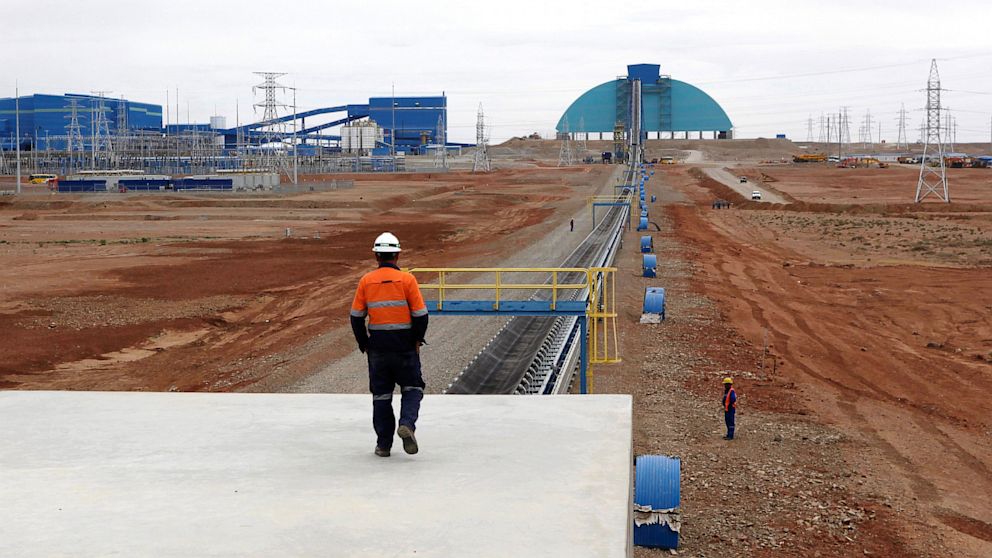Mining the Gobi: The Battle for Mongolia's Resources
Mongolia is over four times the size of Germany, with 3 million inhabitants.

Aug. 10, 2013— -- The construction of a huge mine in the middle of the Gobi Desert was supposed to catapult Mongolia toward rapid economic growth. But an ongoing conflict over profits from the gold and copper mined there threatens to capsize the young democracy.
Mongolia is over four times the size of Germany, with nearly 3 million inhabitants and a GDP of $10 billion (€7.5 billion) in 2012.
British-Australian mining corporation Rio Tinto employs 71,000 people in more than 40 countries and is worth about $60 billion.
These two unequal partners -- a poor, potentially rich nation and the second largest mining corporation in the world -- have joined together to mine one of the globe's largest deposits of copper and gold. But will they be capable of distributing this wealth fairly?
The mine in question lies an hour's flight south of the Mongolian capital Ulan Bator, near the border with China. There is enough copper in the ground here to build the Statue of Liberty more than 800,000 times over. Once the planned mine goes into full operation, it could increase the country's GDP by a third. It could, at least in theory, bring prosperity to this country where many people still live in simple yurts and huts.
But in practice, the transaction between this global corporation and this country that is poor but rich in raw materials looks quite different. In fact, the project serves as a prime example of what is happening in a growing number of newly industrialized and developing countries.
Here we have a weak country that needs the help of a business that is economically far more advanced to tap its own natural resources. One side has raw materials everyone wants; the other has the necessary technical expertise, as well as a great deal of money and smart lawyers. How can the inexperienced country benefit from this relationship without being taken advantage of? And how can the government of this frail democracy explain to its people that in the coming boom years, a few people will get rich very quickly, while most stay poor?
Custodians of the Mine
The conflict surrounding the Oyu Tolgoi mine, which is named for the turquoise-colored copper ore found in the Gobi Desert, began about four years ago. In order to acquire a 34 percent share in the mine's construction, the Mongolian government had to take out a loan. This loan came from Rio Tinto, the company that operates the mine. When news of that deal emerged, people in Mongolia started asking who will ultimately get more out of the mine, Mongolia or Rio Tinto.
Geophysicist Samand Sanjdorj is the mine's vice president, making the 67-year-old the highest ranking Mongolian on site. His office is in an air-conditioned glass building that rises out of the Gobi Desert like a blue spaceship. Every few weeks, a company jet flies him and his colleagues back and forth between the capital and the mine. Asked whose side he is on -- his country's or his company's -- Sanjdorj takes a long time to answer. Finally, he says, "I'm Mongolian first, but this mine is my baby."
One of the men in the capital responsible for the copper mine is Chuluuntseren Otgochuluu, the 35-year-old head of the Mining Ministry's planning department. His office is on the fifth floor of an aging Soviet building with no elevator and creaking floorboards.
'The People Haven't Benefited'




